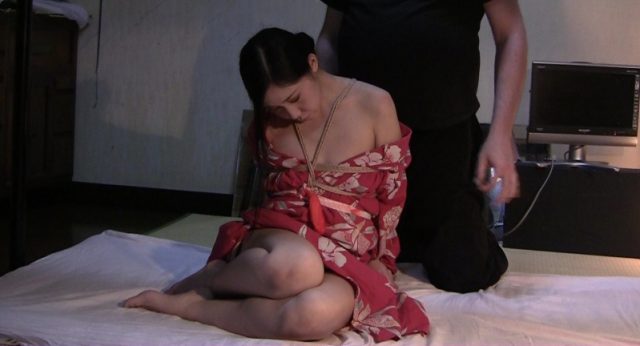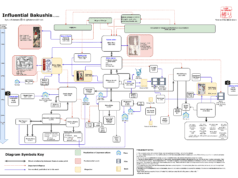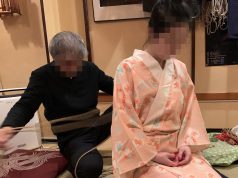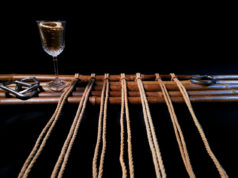In kinbaku there are many approaches and philosophies that animate our tying. Where techniques like semenawa are designed to stress the body and create an intense experience of physical endurance, as lesser known approach called shuuchinawa is designed to provoke a more psychological response based on shame and exposure.
One of the aspects of shuuchinawa that makes it difficult for many people in the west to understand is grounded in the relationship between sex and culture. In the west, specifically in the US, sex is strongly connected to and, in a way, regulated by our religious history and foundations. Western culture, through Christianity, has had a longstanding conflict with sexuality, especially the way we connect guilt and pleasure. Like most things we regard as pleasurable, sex is seen as sinful and as a result manifests certain feelings of guilt when it is exposed publicly.
In Japan, there is a limited or even non-existent connection between sex and guilt. And this is why shuuichinawa is much more grounded in a sense of shame, rather than guilt. That is to say, in Japanese culture there is no sense of religious guilt, no sense that sex is wrong or bad or that pleasure is in some sense sinful.
The taboo is Japan is much more animated by the division between the public and the private. The line between the two is extremely important in Japan and the idea of exposing something meant to be private in a public way is more a matter of appropriateness than right or wrong. It is embarrassing and shameful to call attention to yourself at all, much less in a way that is about something as private and personal as your sexuality.
The essence of shuuchinawa comes not from the guilt of sexuality, but from the shamefulness of being seen. There is nothing wrong with enjoying sex in Japan, but there is something inherently shameful about others seeing such a private and personal expression.
The shamefulness is amplified by the distance that is created by social status.
What often appears to be cosplay to the western audience (dressing as nurses, secretaries, stewardesses) is actually an exercise in taking positions of social status and using them to emphasize the contrast between the public face of the model and her private expressions of desire.
A costume can be much more than just a visual cue or stimulus. It is also a reminder of distance between a women’s social status and face and her personal sense of her sexual desire. In short, it is the exposure of the desire, rather than the desire itself that creates the feeling of shame.
The connection between rope, shame, and humiliation in the west often focuses on creating a feeling of helplessness and making the bottom do the things they really want to do, but are in some way prohibited from feeling or doing by cultural or social mores. It is a liberation of desire.
In Japan, the dynamic is quite different. By binding and exposing a woman, it is an act of exposing her desire and making something private public. The shame comes from the tension between the sexuality of the private and the propriety of the public. It is an exposure of desire.
The greater the distance between the two, the more intense the feelings of shame and exposure.
Special thanks to Yukimura sensei, Nuit de Tokyo and Ugo for a very useful discussion of this topic in Ebisu.







